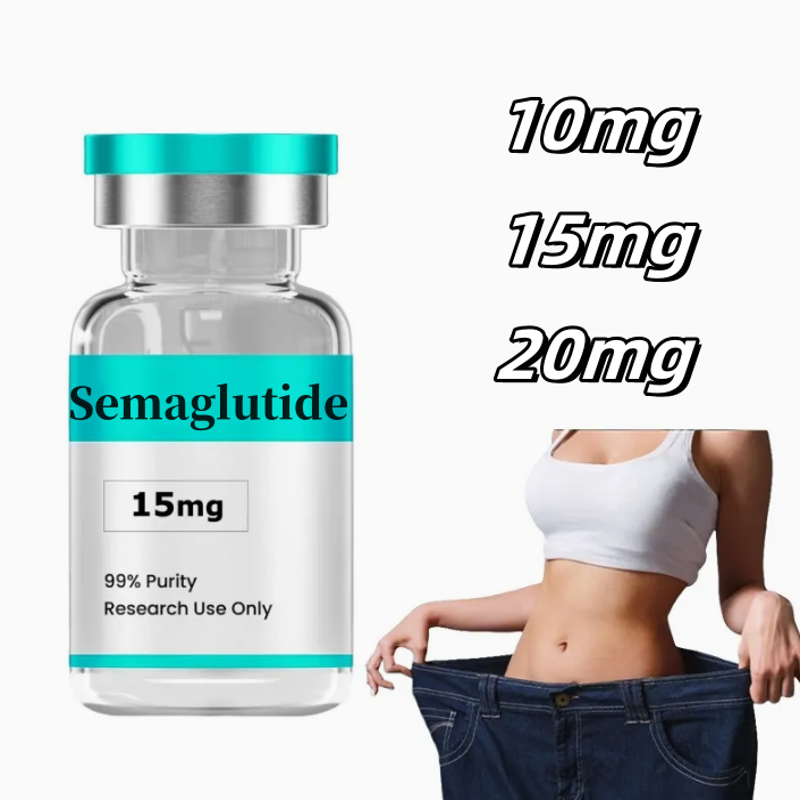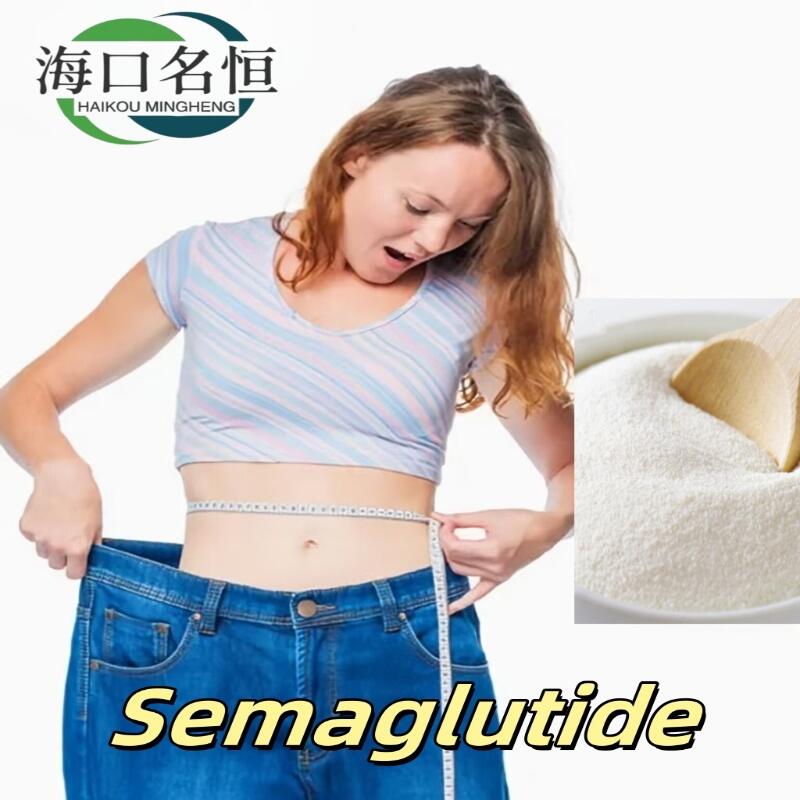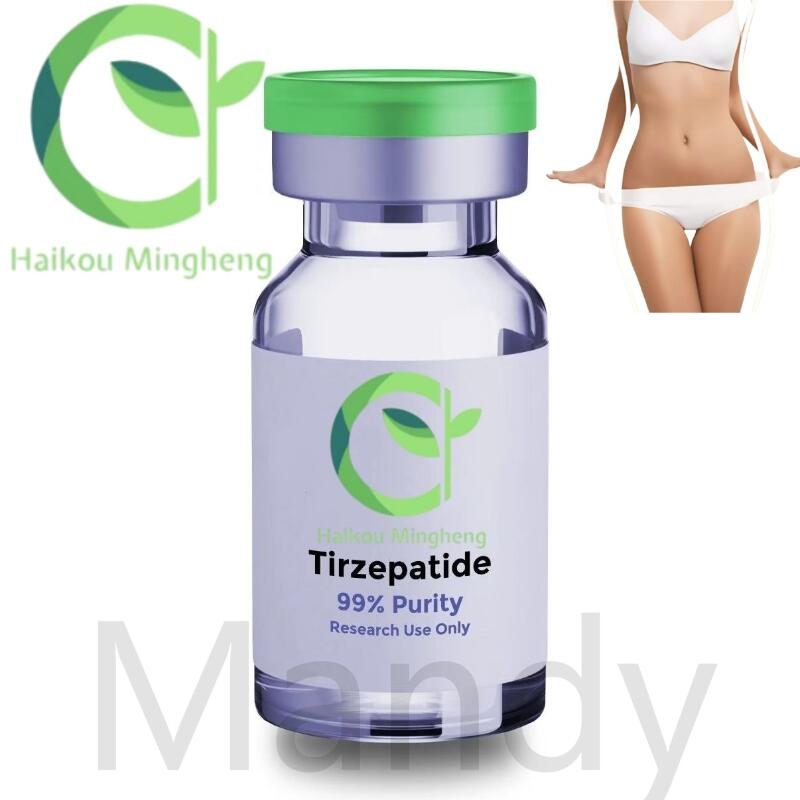-
Categories
-
Pharmaceutical Intermediates
-
Active Pharmaceutical Ingredients
-
Food Additives
- Industrial Coatings
- Agrochemicals
- Dyes and Pigments
- Surfactant
- Flavors and Fragrances
- Chemical Reagents
- Catalyst and Auxiliary
- Natural Products
- Inorganic Chemistry
-
Organic Chemistry
-
Biochemical Engineering
- Analytical Chemistry
-
Cosmetic Ingredient
- Water Treatment Chemical
-
Pharmaceutical Intermediates
Promotion
ECHEMI Mall
Wholesale
Weekly Price
Exhibition
News
-
Trade Service
Degarelix acetate is a synthetic steroid hormone that is used to treat prostate cancer.
It is a potent and specific antagonist of the androgen receptor, which means that it binds to and blocks the androgen receptor from interacting with other hormones and proteins.
This results in a decrease in the amount of androgens, such as testosterone, that are available to the cancer cells, which in turn can slow or stop the growth and spread of the cancer.
There are several synthetic routes that can be used to synthesize degarelix acetate, including the following:
- The first synthetic route involves the synthesis of the precursor steroid hormone, androstenedione, from dehydroepiandrosterone (DHEA) using a series of enzymatic steps.
This is followed by a series of chemical reactions that convert androstenedione into degarelix acetate. - The second synthetic route involves the synthesis of degarelix acetate directly from DHEA using a series of chemical reactions.
This route is more complex and requires more steps than the first route, but it can yield a higher yield of the final product. - The third synthetic route involves the synthesis of degarelix acetate from dehydrotestosterone (DHT) using a series of chemical reactions.
This route is similar to the first route, but it involves the conversion of DHT into androstenedione before it is converted into degarelix acetate.
Once the degarelix acetate has been synthesized, it is typically purified and formulated into a dosage form that can be administered to patients.
This may involve the addition of excipients, such as diluents, binders, and disintegrants, to improve the stability and efficacy of the drug.
The final dosage form may be in the form of a tablet, capsule, or liquid suspension, depending on the specific needs of the patient and the preferences of the healthcare provider.
In conclusion, there are several synthetic routes that can be used to synthesize degarelix acetate, and the choice of route will depend on the specific needs of the patient and the preferences of the healthcare provider.
The drug is typically purified and formulated into a dosage form that can be administered to patients after the synthesis process is complete.







